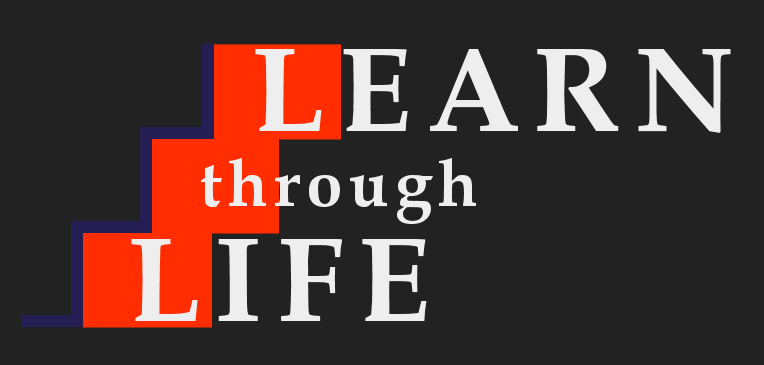I recently read a great book: The Case Against Education – Why the Education System is a Waste of Time and Money by Bryan Caplan. I would agree with him. College is becoming way too expensive. I’m a parent of two and I worry about this a lot. However, I don’t agree with him that we should do away with college altogether. If we want to keep a college education as it is, currently we, as a nation, have two options. Option one is that students can absorb the debt, and hope that a lucrative job awaits them upon graduation. Or, option two, is that everyone can lobby like crazy for more money from the state and federal government to fund college for all. Are these the only two options? Can there be a third one? I believe that there can be: bring down the cost of college.
Let’s examine the facts, as also noted by Mr. Caplan — Nationally, 84 percent of high school students graduate, and of those, about 70 percent enroll in a two-or-four-year college. But college-completion rates are just 60 percent for four-year colleges and 30 percent for two-year colleges. Overall, only about 30 percent of the students who start out in the K – 12 system complete a college degree by age 25. And it is further estimated that up to 30% of graduates of Bachelor’s Degree holders never work at a job that requires more than a high school diploma.
So, approximately, 20% of people graduate from college and enter a well-paying-professional job. My question becomes: Would you fly on an airplane that only had a 20% chance of arriving at its destination? Besides the obvious money problem, another problem is that many students are not academically prepared for college. They require remedial courses which, while costing them money, do not lead towards their degree program. This is a prime reason that many students drop-out, especially from 2-year programs. They are racking up debt and are not even taking credit-bearing classes. It’s a real problem.
One solution, I believe, is two weave-in educational technology into Higher Ed. For the first two years of college. Students should be able to fill their general education requirements in a number of ways. The first option, of course, is to get a 2-year degree from a community college and then to transfer that degree to a four-year school. But that shouldn’t be the only way to acquire credits. For traditional liberal arts courses, some of them should be able to be taken through on-line courses. When these courses are being monitored by a facilitator, costs would be greatly reduced. And some of these on-line courses are taught by top professors from ivy league schools. Wouldn’t that be a great option — taking a course that is being presented by a professor from Harvard. Distance learning courses have the capability of allowing for group project work, as students who take these classes, can work on group projects together, so on-line learning does not have to be as isolated as some people think.
Another option for students is to take tutorials independently, like Khan Academy. When these tutorials are also monitored by a facilitator, these programs (mostly free of charge) can greatly reduce costs. And they have a hidden benefit as well. They are highly structured and allow for students to proceed at their own pace. This can help reduce the problem of students being academically unprepared for college. Tutorials guarantee a successful outcome. When students are performing poorly, the program continues to guide them until they reach a successful outcome. Tutorials may be ideal for required credits in Math and English, where students generally need to take remedial coursework.
A complete two-year program could consist of both of these computerized options. Some distance learning courses could be taken in a group setting when a student is proficient with the material, and some individual tutorial courses could be taken when a student is in need of extra support and remedial coursework. Along with adding in internships and regular community college courses and perhaps even trade-school courses, a two-year program could easily be constructed much cheaper, leaving more money to be available for transfer to a 4-year school. I would even go so far as to say that 2-year colleges should get out of the general education courses altogether and just facilitate distance learning courses and tutorials on their site. This would free them up to focus on the hands-on classes like in technology, health care, and manufacturing. We don’t need to give up Higher Education altogether, we can use technology to bring down the costs and increase the quality at the same time.
Christine Bernat is the author of Individualized Learning with Technology – Meeting the Needs of High School Students – a book about how learning can be individualized for students, starting in high school and continuing throughout life,

